
5 Essential Devices for DIY Home Automation
With a little help, your home is about to get a whole lot smarter
Monitoring and controlling your home’s basic functions has never been easier thanks to the popularity of home automation systems that allow homeowners to keep track of their home’s security system, thermostat, lighting and more through their smart phones. But for many homeowners, the cost of comprehensive home automation—which often includes equipment and professional installation—is out of reach.
Here is some good news: it is not necessary to purchase and install a costly system to make your home automation dreams come true. With a few, often surprisingly affordable smart gadgets homeowners on a budget can optimize DIY home automation and make the smart home trend a little more accessible.
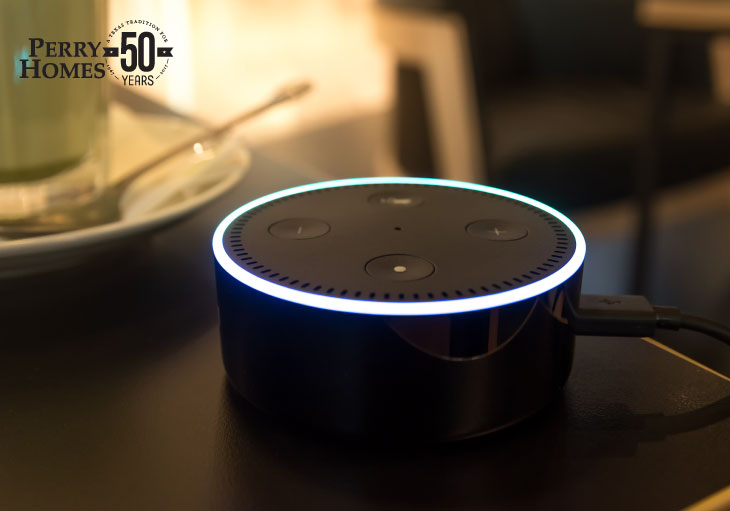
Smart hubs: Your DIY home automation command center
The smart hub is the master key to your DIY home automation project. These devices are essentially Bluetooth speakers that include a voice-operated assistant. On their own, they can perform basic Internet searches, play music via your digital library and other simple tasks. But with a little planning and the power of informed purchasing, the smart hub becomes your smart home command center.
Here is how it works: Most individual home automation devices are compatible with at least one low-power technology system or protocol that allows these gadgets to communicate with you and with each other, as well as take commands. Some of the most popular services include Z-Wave, ZigBee and If This Then That (IFTTT). If you purchase devices that are compatible with the same system and a smart hub that supports this system, you can streamline the control of your home automation through this one device—and perform tasks like dimming the lights with a simple voice command.
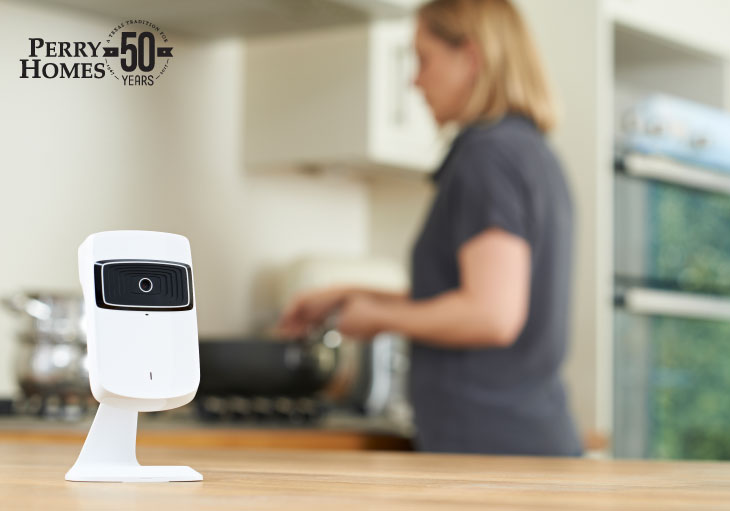
Create your own security system with smart cameras
Home security systems can be pricy, but no homeowner wants to feel unsafe leaving their house for vacation or even just the day. Smart wireless security cameras let you build your own security system—and monitor it through your smart devices. While these systems do not alert authorities, they do pretty much everything else. Many models offer two-way audio, audio-and-motion-triggered recording and a USB drive so you can store videos locally. Some models are weatherproof and, as mentioned, wireless, so they can be installed discreetly outside your home as well as inside. Other common features include night vision, a siren and even facial recognition technology.
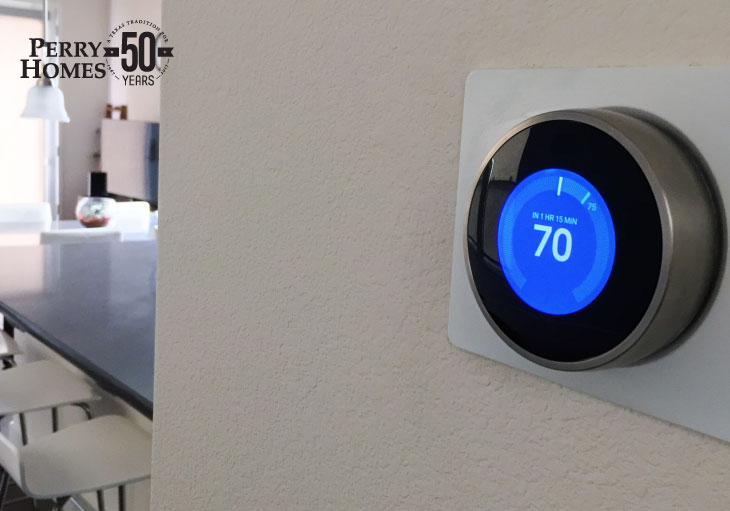
A smart or learning thermostat
Controlling the temperature of your home and the price of your electric bill is one of the biggest battles homeowners will wage—especially in Texas, where air conditioners remain active through November. A smart thermostat is practically a necessity for any homeowner interested in creating a DIY home automation system in their home.
Smart thermostats have a bunch of essential features for monitoring your home’s temperature. Logistically, their large, LED-lit, touch screen displays are easy to read and handle. When it comes to technology, the best and newest models monitor temperature from multiple sensors throughout your home and allow you to program the temperature of your home on a seven day, 24-hour schedule. And, of course, you can manipulate the set temperature remotely via smart device.
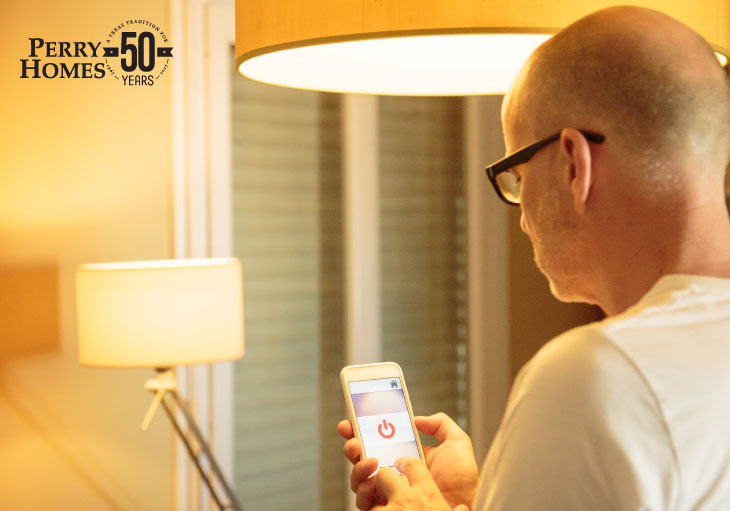
Control the mood with smart lighting
Smart light bulbs take automated lighting way past the simple clapper system. And some do not even require a smart hub. These bulbs allow homeowners to program and schedule the lighting in their home—a built-in security feature for many homeowners—as well as control lighting remotely. But many smart bulbs go beyond these basic functions. Some models allow you to control the color and intensity of the lighting in a room, and many include geofencing technology. This informative chart of smart light bulb models and features is a great tool for first-time home automation shoppers.
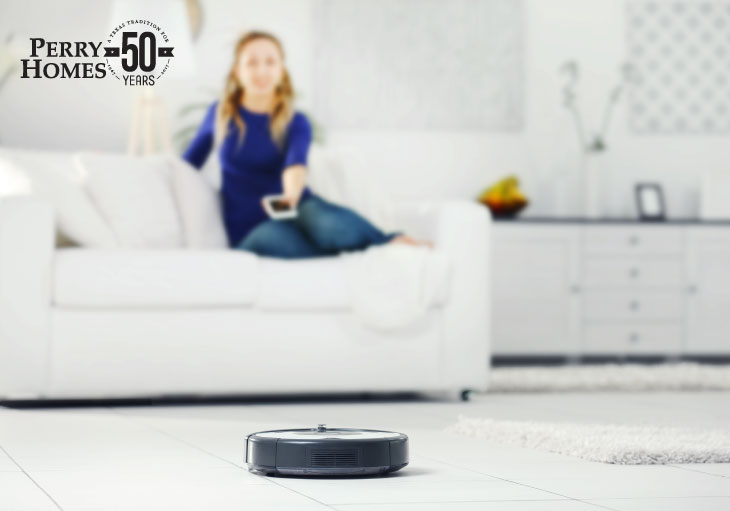
Escape daily chores with robot vacuums and mops
When we think of robot cleaners, most of us immediately think of a Roomba. But this is just one of many in an evolving line of battery-powered housecleaners. The most basic and affordable models are not WiFi capable, which means you may not be able to control them using a smart hub or other smart device, but you can still schedule cleanings and program the bot for other specifications.
Of course, the pricier models have a ton of additional features and can be remotely controlled by smart devices. They come equipped with cameras for better navigation, virtual walls so you can easily program the reach of your bot and HEPA filters to remove allergens from the air.
The same basic technology is applied to robot mops, which spray jets of water for deep cleaning action, or can be programmed to damp sweep an area—think Swiffer mop technology. Although hybrid vacuum and mop bots exist, they often come with a compromise in efficiency in at least one function.
Did this blog make home automation without an expensive system seem attainable? Share it with your friends!
